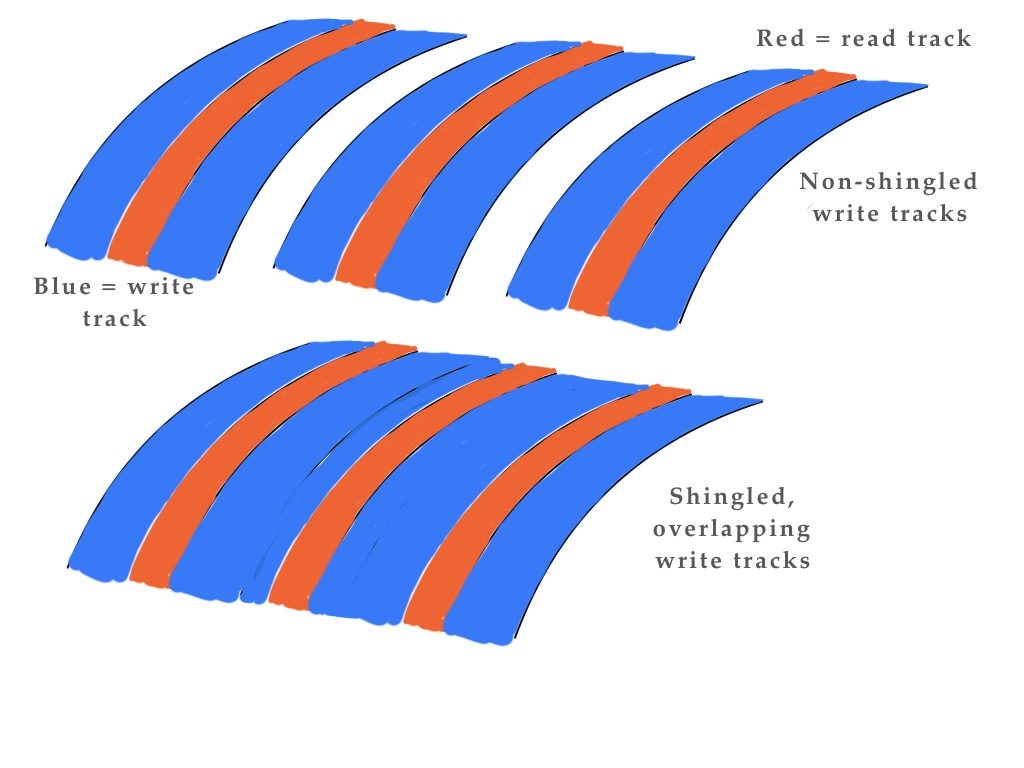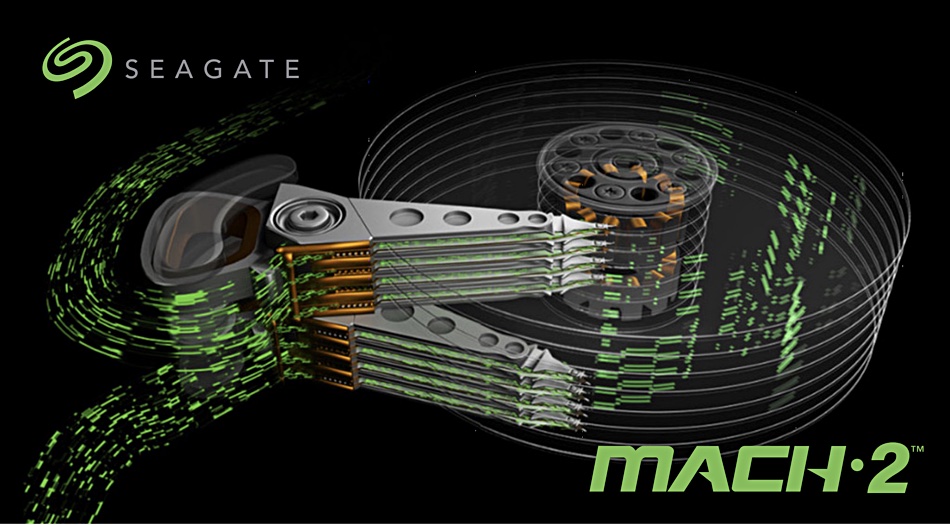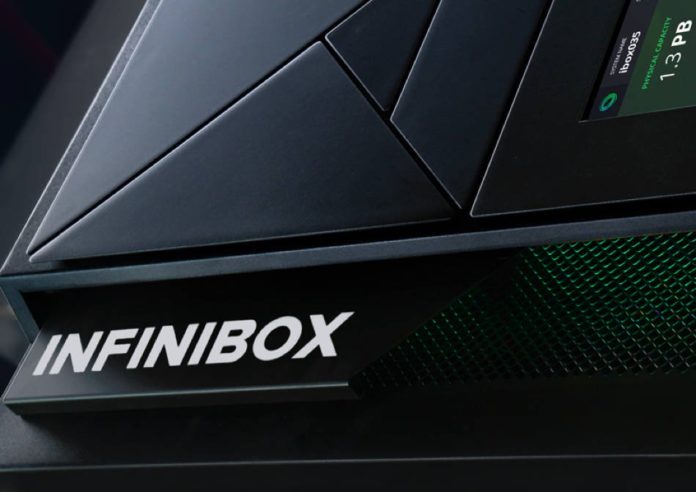Infinidat has no immediate plans to add Optane support because its memory-caching technology is already faster than Intel’s 3D XPoint.
In a press briefing today, Yair Cohen, VP of product at the high-end storage supplier, noted Infinidat arrays already serve most IOs from DRAM. Therefore, an Optane layer between its disks and DRAM does not generally increase array speed. This is not the case for a typical all-flash array vendor, where putting metadata in Optane and/or caching data in Optane could well increase speed.

Cohen said there is sometimes a need to overcome marketing-led perceptions that because Optane is fast, an Infinidat-Optane combo will be faster again. This may be the case for some applications, but for most customers Optane inside Infinidat arrays adds cost but does not boost performance.
He was more enthused about NVMe over Fabrics (NVMe-oF) and said Infinidat will support the storage networking technology later this year. He did not provide details.
Also, Cohen revealed Infinibox arrays can accommodate shingled and multi-actuator disk drives but their introduction is contingent on cost.
And the company may add S3 archiving to the public cloud but it has no plans to offer a software cloud version of its array.
Infinibox array recap
Infinibox stores data in nearline disk drives, striping data across many drives in small 64KB chunks. Following initial reads, it uses its so-called NeuralCache to predict subsequent data reads. Ninety per cent or more of reads are satisfied from DRAM and the rest is from disk. One hundred per cent of writes are written to DRAM and then destaged to disk or a small SSD capacity layer between DRAM and disk.
Infinidat is faster than flash because of this DRAM caching, and cheaper than all-flash arrays because it uses HDDs for bulk primary data storage.
The net result, according to Yair Cohen, is that “most customers see us as a competitor to all-flash arrays at half the price.”
These characteristics mean Infinidat’s attitude towards Optane media, NVMe-over Fabrics (NVMe-oF), shingled and multi-actuator disk drives is different from the typical all-flash array vendor.

S3 and public clouds
We asked Cohen about Infinidat thoughts on supporting the S3 object protocol and tiering old data to S3 vaults in the public cloud.
He said Infinibox already uses low-cost disk storage and can store fast access archives within the array. But he also acknowledged that some customers need to tier off older data to an archive. He implicitly accepted, that S3 storage might be cheaper than Infinidat storage: “We understand the need for an S3 tier. We could tier to the public cloud using S3 in future. It’s a good requirement.”
We also asked if Infinidat had considered porting its array software to the public cloud. “We are not pursuing this path,” Cohen replied.
Shingling and multi-actuator drives
Shingled disk drives cram more data on a disk by partially overlapping blocks of wide write tracks leaving the narrower read tracks intact. Disk reads are as fast as with non-shingled drives, but any data rewrites require a whole block of tracks to be read, processed and then written back to disk, slowing things down.

A multi-actuator disk drive has its set of read and write heads divided in half, with each subset accessing half the disk drive. This means a multi-actuator 16TB drive is actually two 8TB drives in a logical sense, with each able to operate in parallel.
Cohen said that adopting these technologies depends almost entirely on cost. Infinidat’s architecture already works with the delays inherent in mechanical disk drives. Infinidat will offer shingled and/or multi-actuator drives only if they provide an effective cost advantage over conventional drives.








